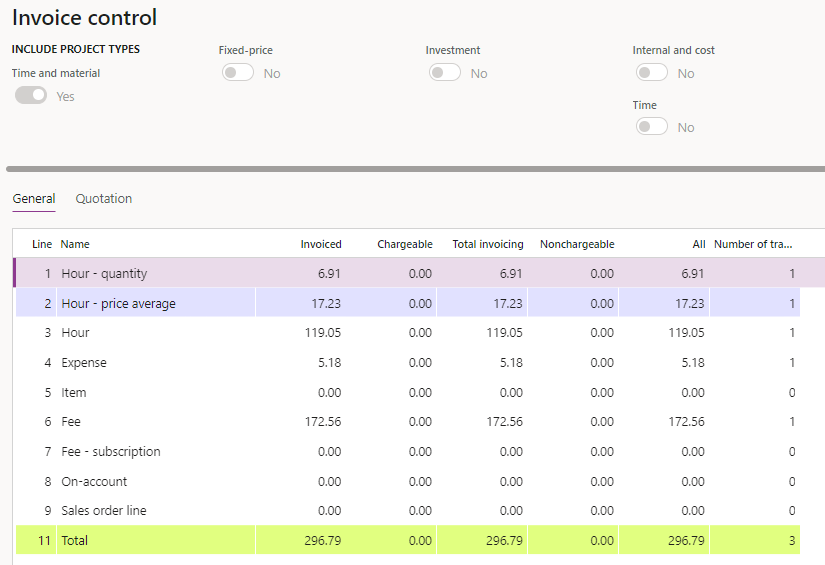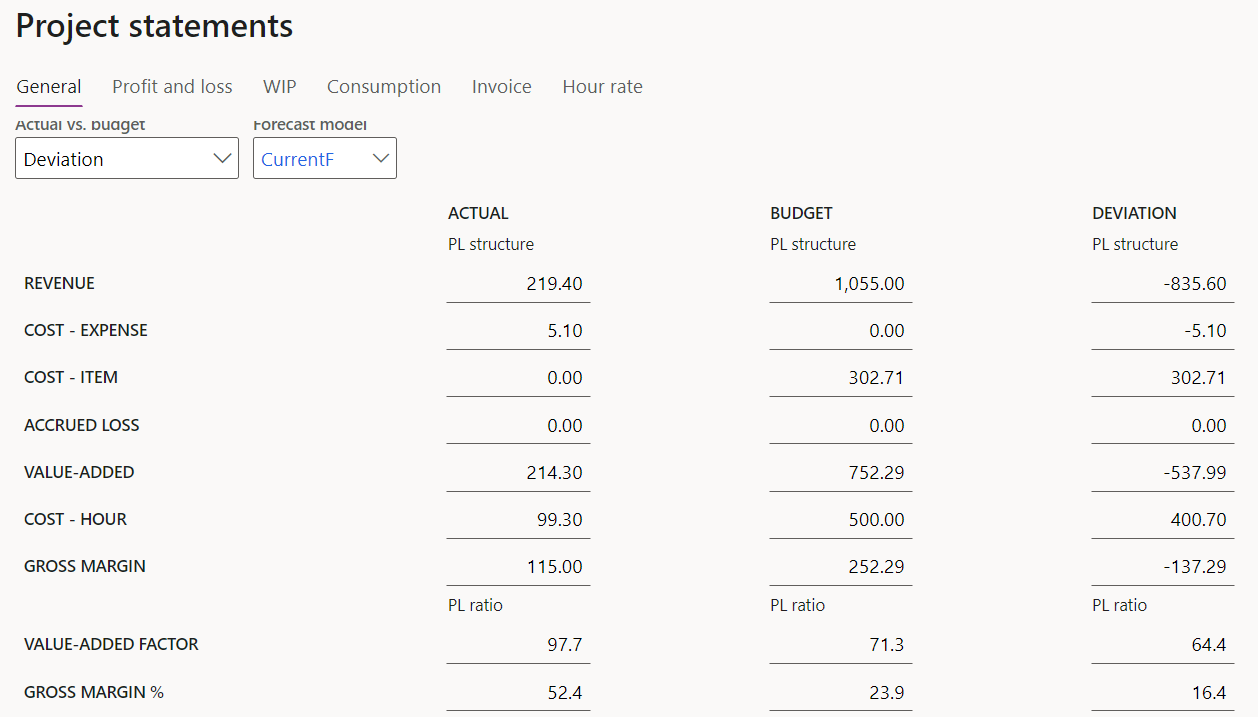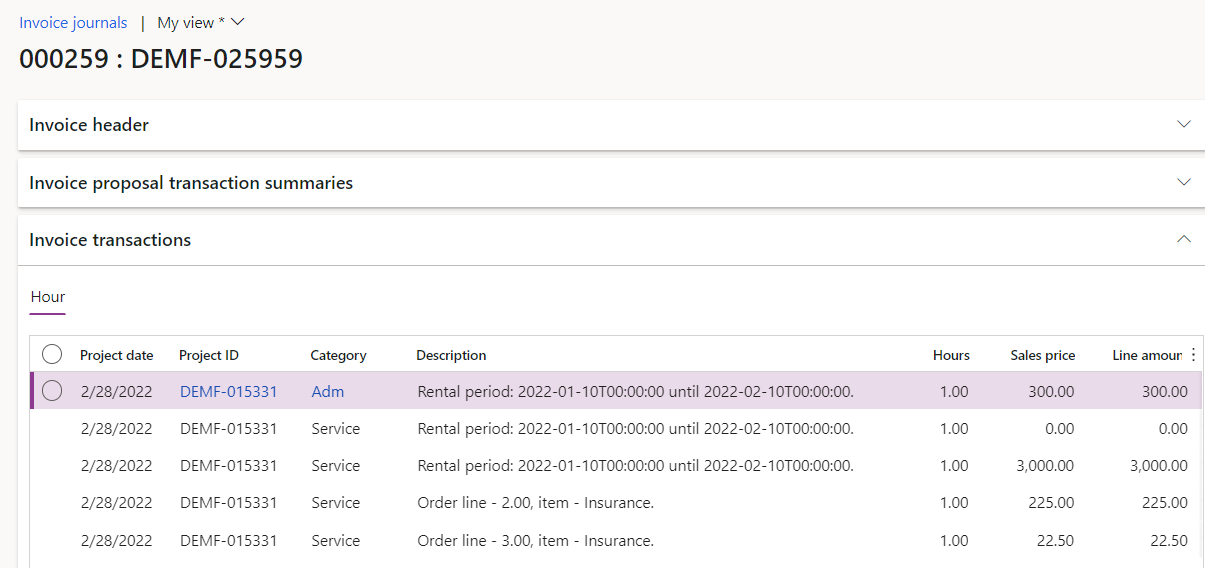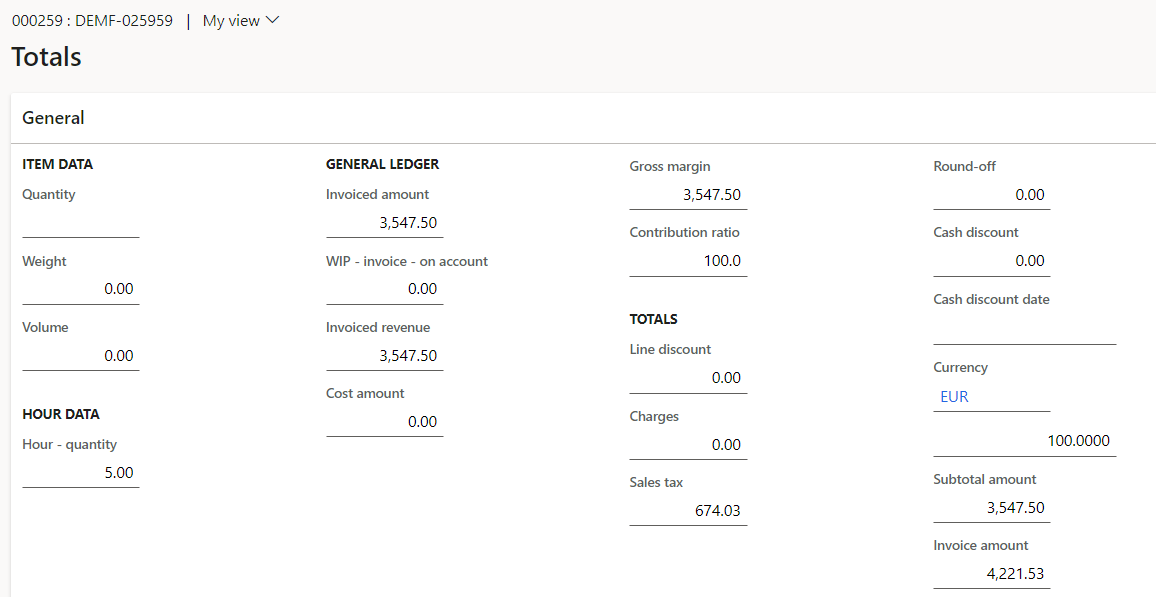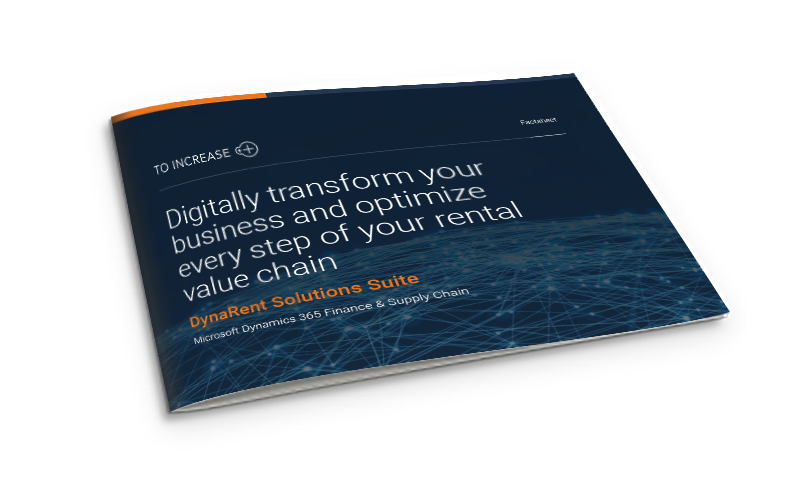When you are a company renting out products or equipment to varied businesses, there is a good chance you receive different kinds of customer requests. While some customers may look to rent or lease your equipment for a fixed period, others may be involved in larger, more complex projects.
In such cases, where you rent out more than just the standard equipment to business projects that usually have multiple vendors and supply chains, it could be challenging to keep track of every item rented, with the rental duration and accurate pricing.
So how can you easily manage such project-driven rentals?
A software solution that supports the intricacies that project-driven rentals demand is a possible solution.
Having worked with equipment rental, construction, and industrial manufacturing industries globally, we at To-Increase help businesses efficiently manage their end-to-end rental through rental-specific software embedded in Dynamics 365 Finance and Supply Chain Management.
This blog will offer detailed insight into the concept of project-driven rentals, the different elements it has, the common challenges, and how you can easily manage them.
What is a project-driven rental?
Project-driven rental can be defined as a rental type in which the end customer usually undertakes a sizable project at a fixed location, sometimes within their own warehouse, to be completed in a defined time.
This end-customer could have multiple vendors to carry out different activities to complete the project successfully, in which a rental business (such as yours) would be one of the vendors offering one or more services.
It is most often a combination of project activities along with rental items somewhere in the project. Multiple rental orders are linked to one overall project in a project-driven rental. You could offer standard rental with supplementary items, related consumables, or working hours of personnel.
For instance, there is a construction company that is building office space. They require raw materials like cement, bricks; equipment such as cranes, man lifts; resources in the form of crane operators, and so on — and have requested a rental business for the project with a breakdown of all the activities and costs involved.
What elements must rental businesses consider with project-driven rentals?
When managing rental projects, there are several elements you must consider:
1. Standard renting, rental shops, and selling
You offer a product or equipment for rent for a fixed duration through standard renting or rental shops. You could also be associated with selling — this could be any attached consumable or selling equipment.
2. Subrentals
You could sub-rent a product or service through a third party. This is done in cases where you either have a setup with certain third-party sub-renters, when you do not offer the requested product or due to equipment unavailability.
3. Purchase and procurement
During project rentals, you could invest in purchasing or buying new equipment, or any other service you may require for your existing inventory or rental fleet.
4. Hours, items, expenses, and fees
You need to keep track of any additional components attached to the rented object you may offer. Be it staffing hours consumed, number of items rented and sold, site visits to inspect the locations, transportation and delivery expenses, or fees for any additional service you provide.
5. Forecasts, budgets, and validations
Since the project typically could range from several months to a few years, you must keep track of the different financial and utilization forecasts associated with each equipment. You also need to be mindful of the budget allocated for the project and carry out the necessary vetting to ensure the project is being run as agreed upon in the contract.
What are the types of project-driven rentals?
Typically, there are two types of project-driven rentals:
1. Time and material projects
Time and materials or T&M project is a project type in which the owner of the construction or development project pays the different contractors based on the time spent by the contractor's employees to perform the work; and for the materials and machinery used in the construction of the project, irrespective of the amount of work required to complete the construction.
It’s usually used in projects where it is difficult to accurately estimate the size or time of the project. T&M projects are invoiced as work progresses, based on the consumption of hours, expenses, items, or fees on the project.
2. Fixed-price projects
In fixed-price projects, the project owner pays their contractors a mutually agreed upon lump sum amount for the fulfillment of the construction project. These projects are invoiced according to a billing schedule based on the project contract, such as a complete contract, completion percentage, linear contract, and so on.
How do project-driven rentals work?
Rental project management usually follows this process:
1. Project quotation: The customers’ requirements and expectations are documented based on which rough estimates are drafted. A project plan is created with the work breakdown indicating what activities are done in which timelines and who will be working on them.
2. Approval: The quotation with high-level calculations on the costs and revenue to execute a project are added together in one overview. This overview, if agreeable, is approved by the potential customer.
3. Rental order: The approved quotation is converted into a rental order in which material reservations and forecasts for the project are made to compare the forecasts with the actuals.
4. Project delivery: Begin working on the project and deliverables. Compare the planned overview with the actual overview to get insights on additional expenses such as transportation, fees, etc.
5. Project invoicing: Charge or bill the customer for the services provided, based on the type of project in the contract.
What are the major challenges rental companies dealing with project-driven rentals face?
Some of the common challenges that arise when delivering a rental project are:
1. Get an overview of your financial and operational activities
Since you could be involved in delivering multiple services of varied nature, it could be challenging to keep track of every service provided. Additionally, when you have several deliverables over a prolonged period, there are chances of missing certain invoices, leading to revenue loss.
Solution: A quick dashboard showing cost and project reports could be helpful. You must ensure your revenue is billed to your customer with software that shows the financial overview of each equipment with any missing revenue.
Here is a screenshot of the ERP Dynamics 365 F&SCM in which our rental software is embedded, which shows invoice control with the transaction types (Click on the image for a full-screen view)
2. Monitor your budget expenditure
You would have a planned-out budget at the conception of the project, but with time, the project could demand certain changes. To ensure you don’t overspend, you must be able to track your budget.
Solution: Use a total site solution that can continuously monitor the budget and expenses of the project. It should be able to compare the forecasts with the actuals to ensure you complete the project as proposed.
Dynamics 365 F&SCM screenshot showing project statements with information on the actual, budget, and deviation
3. Lost equipment due to improper tracking
Whether you offer single, specialized equipment to the project such as cranes, mobile cranes; or different equipment like forklifts, working platforms, generators, and so on, knowing the location of your equipment and when it is due for return is essential.
You could risk losing your equipment in certain cases where the rented item isn’t tracked, as the project site has multiple items from different vendors. Or, it could be stolen if the site isn’t secure.
Solution: To avoid any loss in your fleet, which could dent your revenue streams, invest in software that is able to track equipment end-to-end through IoT sensors. A dashboard showing the rental order lines overview giving information on the ‘expected off-rent date/time’ could be useful as well.
Screenshot of the rental software we offer – DynaRent, which is fully embedded in Dynamics 365 F&SCM showing detailed information on each rental order such as serial number, on-rent, and off-rent date and time
4. Manage different invoices and multiple revenue streams
Delivering numerous services and products results in different invoice types as not every product delivered can be invoiced in the same manner. You may also need to handle the multiple revenue streams created because of these diverse deliverables —pay-per-use, renting, sub-renting, or selling.
Solution: Look for technology that has different invoice profiles allowing you to bill customers on a daily, weekly, and monthly basis with flexible rates and discounts. The software must recognize multiple revenue streams through invoice profiles, calendars, and rental types. You should be able to manage project-specific pricing on various levels — be it rental, sales, or other transactions such as hours, expenses, and fees.
5. Handling mass returns of different equipment
When a rental company is involved with different customers and different projects, the rental return process is daunting, to say the least. The rental business receives various types of equipment in bulk, belonging to multiple projects, multiple orders, or multiple transfers
It is a major challenge if you do not know which equipment belongs to which project, as you must manually sort out the returned items. Additionally, without properly tracking rental returns, you may miss out on invoicing the particular project or customer order for equipment utilization.
Solution: Invest in a rental-specific software solution that can easily manage mass returns of rental equipment. For instance, our scanning solution, Anywhere for Rental, can scan each rental item individually and, upon return, give information on which serial number belongs to which project or order. With this technology, you can automatically split the line items to the relevant projects.
How can we at To-Increase help you with project-driven rentals?
If you’re looking for a 360-degree solution that addresses the above challenges and much more, you could explore the rental-specific software we offer — DynaRent, embedded in Microsoft Dynamics 365 for Finance and Supply Chain Management (F&SCM).
DynaRent is a cloud-based, lead-to-cash solution that supports the entire rental lifecycle of your business and manages the financial, operational, and personnel processes in a single location.
With DynaRent, you can manage complex contracts and have project-specific pricing for rental, sales, and hours. Being fully embedded in F&SCM, it leverages all the standard functionalities to support T&M projects.
You can also invoice for fixed-price projects based on the T&M functionality in F&SCM. Projects can be built on a transactional basis or in bigger portions allocated to periods, that are agreed upon by the customer and not affected by the T&M spans.
How DynaRent supports the different project-driven rental invoices
With robust functionality on invoice profiles, calendars, and rental types, DynaRent can support consolidated invoicing for three invoice types:
1. Transfer to project
This is a two-step approach, wherein the rental amounts are first transferred to the project and later combined on a consolidated invoice. This is relevant when several orders are related to the same project and additional transactions (extra costs, fees, item consumption from own warehouse, integrated purchases, hours of employees) are simultaneously added to the project. A consolidated invoice can be generated after reviewing the complete picture.
2. Project invoice proposal
This is a one-step approach in which an invoice is generated directly from a rental order. It includes all the related items, services, and charges associated with the specific rental order or a number of them that leads to an invoice without an intermediary step.
3. Hour-based project invoice proposal
Also a one-step approach, this invoice type is usually used for crane rental companies. The invoice is generated on an hourly basis. Here, the hour journal is generated via a work order attached to the rental order line and the hours of operated equipment together with operator hours, which can be billed in the same invoice.
Below you can see screenshots showing how DynaRent can support project-driven rentals
DynaRent embedded in Dynamics 365 F&SCM screenshot showing project invoice proposals and transactions
DynaRent embedded in Dynamics 365 F&SCM screenshot showing the project totals with item data and hour data
|
Related reading: 7 Benefits of Consolidated Invoicing and Ordering for the Rental Industry |
Benefits of managing project-driven rentals with DynaRent
DynaRent supports each step of project-driven rental from project quotation to project delivery and invoicing. Some of the benefits it offers:
- Overview of costs and revenues in one place
- Detailed reports and analytics on equipment utilization
- Having complete control over costs
- Monitoring of work progress
- Insights into the budgeting processes
- Managing manned and unmanned hire
- Supporting on-site rental depots with the possibility for self-checkout with 'Anywhere for Rental' (to be made available in upcoming releases)
- Handling project rental quotations in a synced CRM system
- Renting equipment directly to customers on a project location through real-time scanning
Ready to digitally transform your rental business?
If you’re interested in taking the next step toward digital transformation and looking for software that supports project-driven rental, consolidated invoicing, and multiple revenue streams, DynaRent might be a choice you could consider.
You could explore more about the DynaRent solution by checking out this factsheet.
The factsheet shares information on:
- The solution features and benefits
- The different industries the solution supports
- The features of each optional add-on solution
- How DynaRent can help your business

